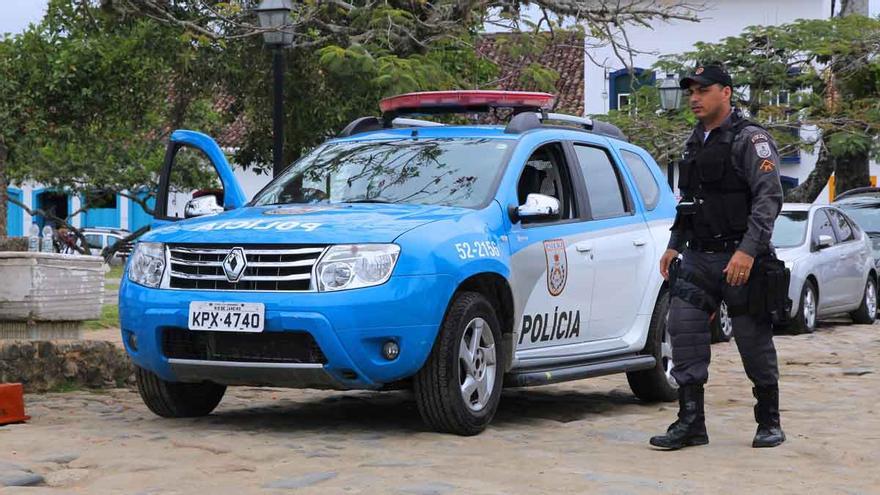As of: May 22, 2021 2:43 p.m.
–
–
–
80 percent of all households in Spain have a fiber optic connection – in Germany it is just a tenth. The technical lead also has historical reasons.
By Reinhard Spiegelhauer,
ARD-Studio Madrid
–
–
–
Bullfighting, flamenco, processions: some Iberian traditions have something old-fashioned about them. Internet access in Spain is even less so: most people in Spain buy online tickets – for example for the flamenco performance or the train ride to the Easter procession in Seville – via LTE or at home via super-fast fiber-optic internet. Just like in the advertisement of a telephone company. It says “100 Mbit for Madrid”.
–
Reinhard Spiegelhauer
ARD-Studio Madrid
–
–
–
–
–
Four fifths of all households have a fiber optic connection
The really remarkable thing about it: This commercial is nine years old. Optical fiber is now available to more than 80 percent of households right into the home, and around 60 percent use the offer. 300 Mbit is available almost everywhere, and gigabit speed is also nothing exotic. In comparison, Germany is in the fiber optic Middle Ages. At best: the coverage is ten percent, and only five percent of all households use the super-fast Internet.
However, Spain also has a major locational advantage, says Luz Usamentiaga. She is responsible for regulatory issues, corporate affairs and social networks at the telecommunications provider Orange España. “In Spain the population is distributed differently than in Germany, much more concentrated. This makes it easier for us to reach a large proportion with the fiber optic network. It is less sprawled, a larger part is concentrated in very few large cities.” A quarter of all Spaniards live in the two metropolitan regions of Madrid and Barcelona.
Own connection is not a matter of course for a long time
The fact that Spain is so much further ahead than Germany in the fiber optic network is also due to the country’s – earlier – backwardness. Long after the end of the Franco dictatorship, having your own landline connection was not a matter of course, especially not in the country. In the nineties, many people stood in line at the telephone booth to make phone calls, and at that time you could still make phone calls from many pubs. On the other hand, the Spaniards were immediately enthusiastic about the cell phone a little later.
Unlike Telekom in Germany, the former state-owned company and monopoly Telefonica therefore had no huge copper investments to protect after liberalization – and quickly switched to fiber optics. Usamentiaga explains that Telefonica initially did not have to rent out its fiber optic network to competitors in a state-regulated manner, “explains Usamentiaga:” The conditions under which Telefonica offered the use of their infrastructure in 2010 were not for alternative operators such as Orange interesting enough. ”
So competitors laid fiber optics themselves. For this, in turn, Telefonica had to at least make its cable ducts that had already been laid available due to regulation. “I think that was really a key element: access to the Telefonica cable ducts,” Usamentiaga says. For the last mile or the distribution in the houses, at least Orange also uses its own infrastructure – in order to have more options for later scaling.
Fiber optics for everyone within four years
Spain is expected to have almost 100 percent fiber optic coverage by 2025. Orange, as one of the major telecommunications providers in Spain, is explicitly focusing on growth in rural areas – customers simply demand a complete range of mobile phones, fast Internet and streaming offers. Usamentiaga is also relying on investments as part of the EU’s Corona development plan – for example for teleworking instead of commuting: “We want to help with further digitization, even in less densely populated areas. This is a fantastic opportunity to strengthen these regions, more prosperity and create a more sustainable economy – an overall environment of sustainability. ”
Even in remote rural regions you can already see cars from telecommunications providers laying new fiber optic cables next to the streets. Where the large, internationally positioned corporations – yet – cannot get there, regional providers are sometimes also on the move. When it comes to fiber optic internet, Spain is likely to be ahead of Germany for a while.
Fast internet – what makes Spain better?
Reinhard Spiegelhauer, ARD Madrid, 20.5.2021 · 12:42 p.m.
–
–
–


